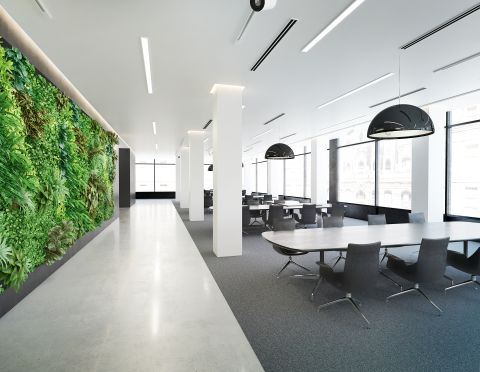Support you can trust
Our customer-focused Help Centre is here to help you with expert product information and connect you to our certified partners.
Download manuals and troubleshooting guides for your products and gain insights on what to consider when choosing for your home.
Download manuals and troubleshooting guides for your products and gain insights on what to consider when choosing for your home.
Dimplex Help Centre
Our online help centre is home to the most useful information including quick guides, FAQs, and product information. Knowledge articles cover each product category guiding you through troubleshooting and care instructions.
Online process to manage guarantee periods for all Dimplex periods
Whether you’re working on a new build, refurbishment, or commercial project, Dimplex is committed to supporting you each step of the way and being your reliable partner. We are here to provide the support and guidance you need to make every installation a success.
installer hubWith over 70 years of trading experience and a dedication to innovation and sustainability, Dimplex continues to provide award winning services across multiple sectors to their customers.
why choose dimplex?
What is EN 14825?
EN 14825 sets out the temperatures, part-load conditions, and calculation methods for determining the Seasonal Coefficient of Performance (SCOP) and Seasonal Energy Efficiency Ratio (SEER). It applies to the operation of air-conditioning units, process chillers, and particular types of hybrid heat pumps. The values used to define the SCOP can be calculated or measured. If measured values are applied, the standard covers the applicable test methods.

What is EN 14511?
EN 14511 sets out standardised performance and rating terms for air-conditioning units, heat pumps and liquid chilling packages that supply space heating or cooling. EN 14511 is used for a determination of the Coefficient of Performance (COP) that gauges the performance of a heat pump.

What is diversity in HVAC systems?
What is diversity in HVAC systems, and how does it affect HVAC system design and specification for residential developments?
Diversity in HVAC systems within medium to large scale developments acknowledges that it is unlikely the maximum demand of all individual users of the system will arise concurrently. The total heat demand in a building is likely to be lower than the maximum or peak demand at various points in the heat network.











